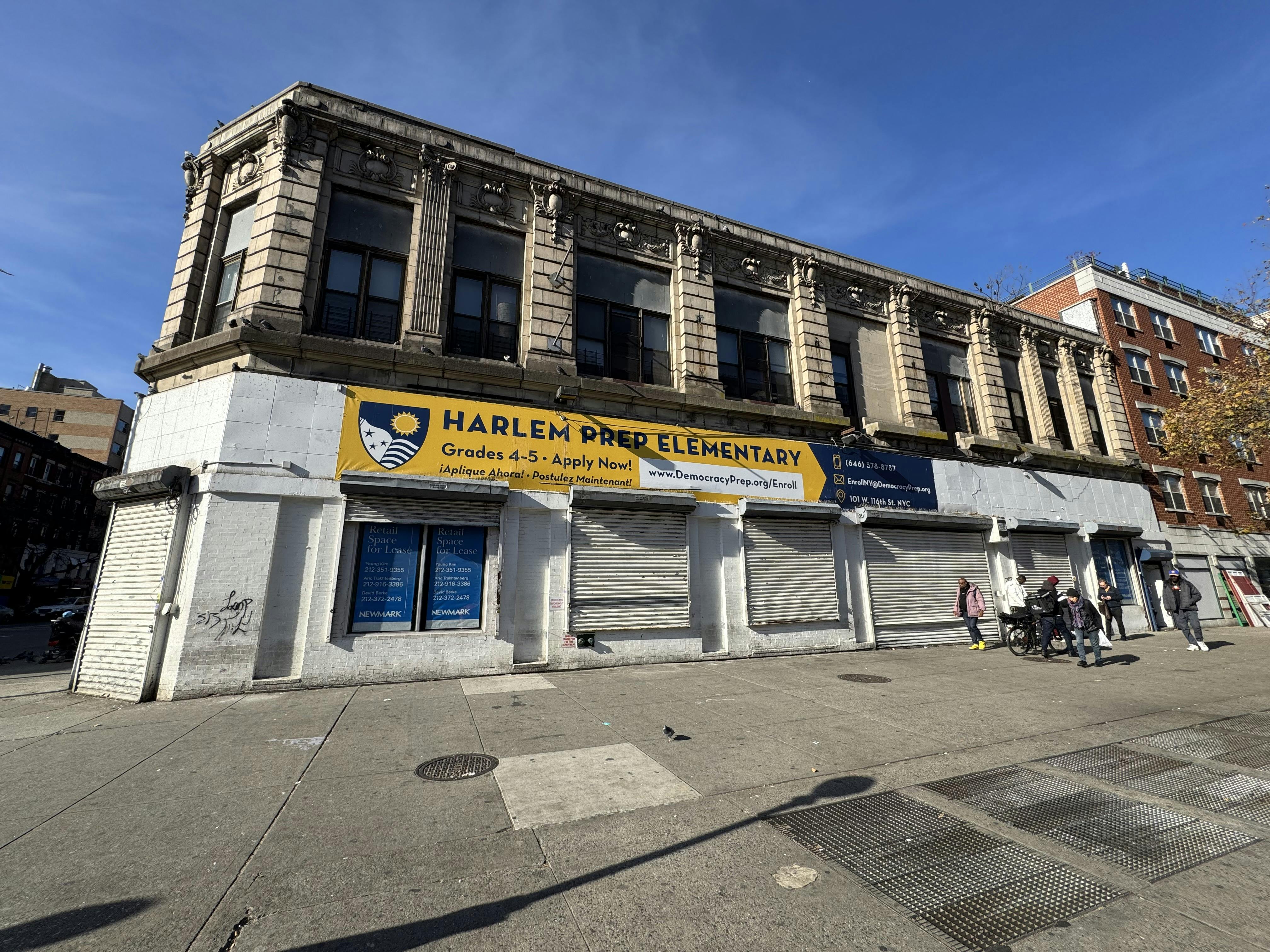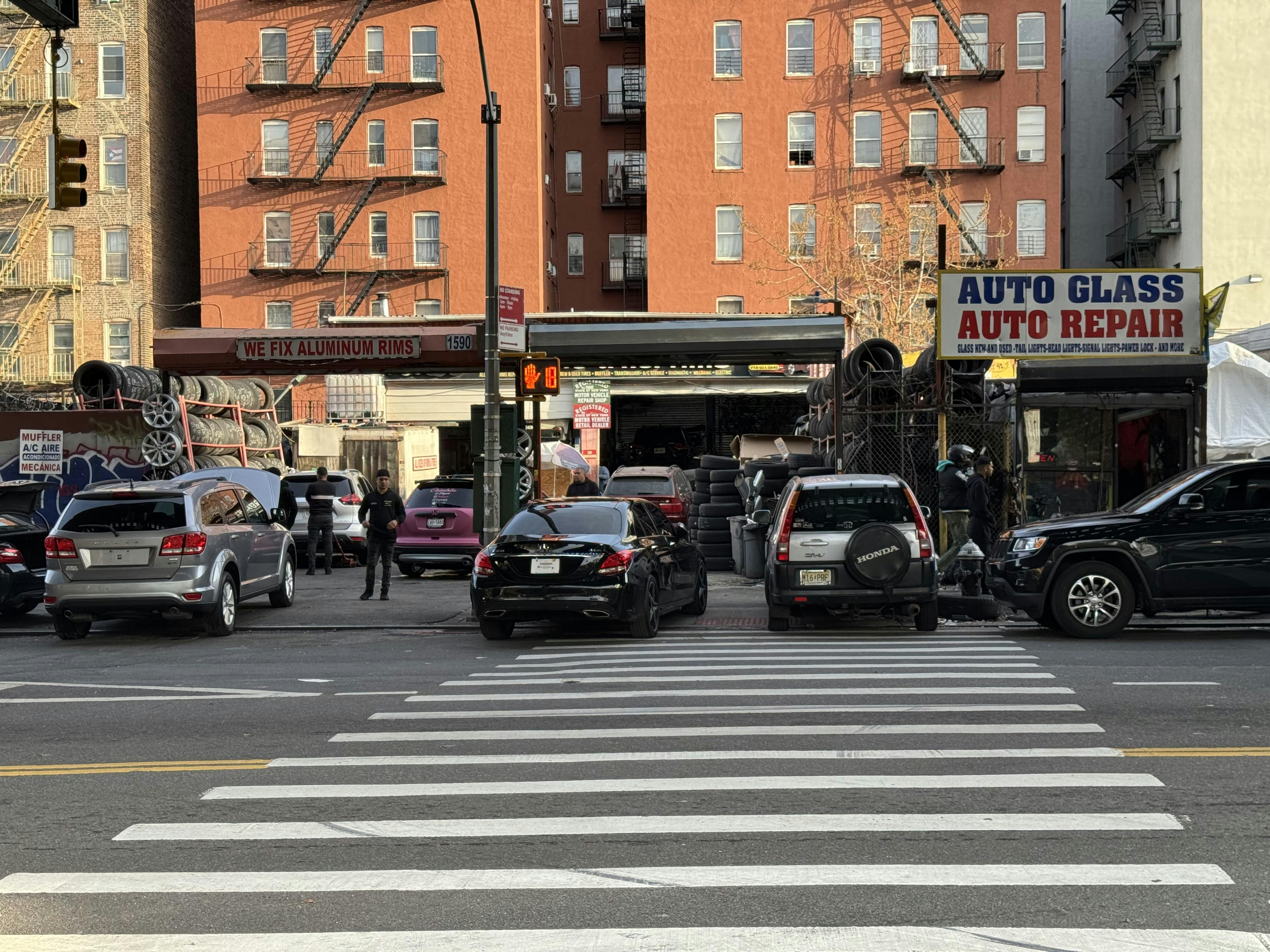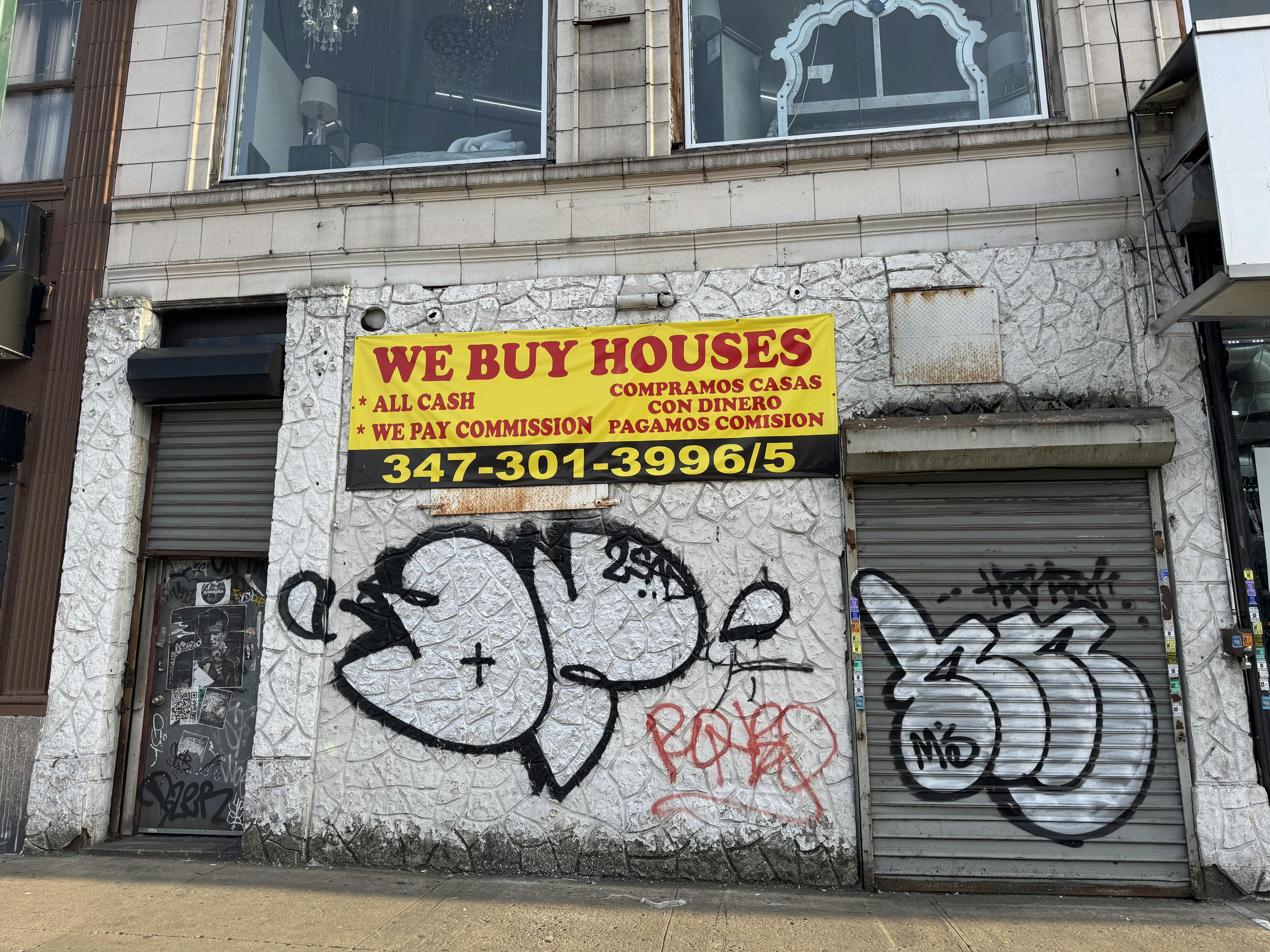What has become of rap’s landmarks?
Studio 54 raised the velvet rope for me at 17, in the spring of 1988. Disco’s heyday was all over by then. What had been the nightclub of all nightclubs then allowed teenagers popping out of chartered limos, prom cash in their pockets, into its hallowed halls to boost revenue. In rented tuxedos, we danced golden-age hip-hop moves to Rob Base and E-Z Rock’s “It Takes Two” and Rakim’s “Paid in Full.”
Now it’s a Broadway theater; on our recent visit, my wife excitedly took smartphone shots while we took in a musical devoted to Louis Armstrong.
That memory, that confluence of clubs and hip-hop songs, sent me on a ghostbusting mission to some sites important to early hip-hop culture: Harlem World, Executive Playhouse and Disco Fever. Distant New York City nightlife memories, these three hotspots are long gone, relegated to legend and mentions on old-school flyers auctioned on eBay. But those flyers (“Another boss Kool Herc production at the fully air-conditioned Executive Playhouse!”), complete with addresses, make the sites easy to locate — even for someone too young to have seen them at their peak. So I set off.
First stop, Little Senegal. Within ambitious walking distance from my Harlem apartment, Le Petit Sénégal — or Little Senegal — constitutes a string of stores on West 116th Street that cater to the neighborhood’s West African immigrant community. (As a young boy, my son would get his dreadlocks done at BBraxton, a long-gone salon at the corner of Fifth Ave.)
At 116th and Malcolm X Boulevard stands a vacant two-story building. Rusted iron security grilles protect the few windows that aren’t advertising “retail space for lease,” underneath a large banner for Harlem Prep Elementary down the street. From 1978 to 1985, this was Harlem World. According to the online Harlem World Magazine, the club once boasted “a lighted dance floor, chandeliers, wall-to-wall gold shag carpeting, mirrored walls and a one-of-a-kind, 100-foot lightning bolt-shaped bar.” The very first pioneers of hip-hop culture called Harlem World home: MCs and DJs like the Cold Crush Brothers, Busy Bee, Grandmaster Flash, the Treacherous Three and GrandWizzard Theodore.
Though the 50th anniversary of hip-hop culture has passed, this empty edifice at 101 West 116th Street absolutely deserves a plaque marking the bygone Harlem World as a historical landmark.
The place was genuinely instrumental. In celebration of her 44th birthday in 1979, R&B songstress Sylvia Robinson (“Love Is Strange,” “Pillow Talk”) boogied on down at Harlem World in May 1979. Seeing early rapper Lovebug Starski rock the microphone onstage with the comically boastful rhyming banter soon to be commonly known as rapping, Robinson decided to find and fund her own group to put hip-hop music on record. By the end of the summer, “Rapper’s Delight” by Sugarhill Gang (on Robinson’s own Sugar Hill Records) changed the trajectory of the South Bronx-born subculture forever by introducing it to the world at large.
Though the 50th anniversary of hip-hop culture has passed, this empty edifice at 101 West 116th Street absolutely deserves a plaque marking the bygone Harlem World as a historical landmark.

Hopping the 3 train on that same corner and making my way up to the Bronx’s Jerome Avenue brought me closer to a more personal piece of history. I grew up in the northeast Bronx’s Co-op City in the 1970s and ’80s, with grandparents in Baychester, Mott Haven and Morrisania. A close family friend nicknamed Bunny (so named for being born on Easter Sunday) lived on Macombs Road in Highbridge, the same Bronx hood as the famed Executive Playhouse formerly at 1590 Jerome Avenue.
Descending the 4 train staircase at Mount Eden Avenue, the legendary hip-hop club’s erstwhile location isn’t hard to miss. “WE FIX ALUMINUM RIMS,” promises the sign of Rim Repair Shop, which is bedecked with radials and cross-plies near an entrance ramp to the Cross Bronx Expressway. Throughout the ’70s, the Executive Playhouse (previously known as The Sparkle) served a sneaker-clad clientele that wasn’t welcome around the corner at the disco-themed Parkside Plaza. Lights were dim. Echo chambers, joints laced with hallucinogenic angel dust and funky breakbeat mixes served up by resident DJ Kool Herc — hip-hop’s founding father — provided the nightly backdrop of this B-boy-friendly venue.
Anyone remotely into hip-hop lore already knows that Kool Herc (born Clive Campbell) essentially helped birth a culture starting in August 1973 by isolating the breakbeats of funk records at a community center jam on the Bronx’s Sedgwick Avenue. Herc, Grandmaster Flash and Afrika Bambaataa have gone down as the holy trinity of Bronx DJs who laid the initial foundation of hip-hop. After burnishing his DJ rep at outdoor parks and community centers, Kool Herc eventually landed steady gigs at Bronx clubs like the Hevalo, the Twilight Zone and the Executive Playhouse during the mid-1970s.

Two stops away on the 4 train, 167th Street has become somewhat of a TikTok local landmark since 2019. For brave souls unfamiliar with the South Bronx, the Guason Stairs made famous by the “Joker” await. Walk in the other direction, to 281 East 167th Street, and tourists will find themselves in front of the once-hallowed Disco Fever.
Next door to Mount Oliver Temple Church, graffiti’d white stucco exterior walls mark what had once been Italian proprietor Sal Abbatiello’s dance club. From 1976 to ’86, before my club-going years, Disco Fever was the spot to catch Grandmaster Flash on the turntables weekly; the spot to see Run-DMC perform their first live show; the spot immortalized in “Krush Groove.” (Watching that teenage-targeted dramatic comedy at the Bronx’s now-shuttered Whitestone Multiplex in ’85 was my first time ever hearing about the Fever.)

Some storied New York City nightclubs in the golden age of hip-hop catered to teenage audiences. Studio 54 admitted us on prom night, but it would never have been our go-to of choice. Though we’d missed out on Harlem World, the Executive Playhouse and Disco Fever, peers were still flashing hilariously fake IDs at Manhattan hotspots like Union Square, Latin Quarter and the Rooftop. By college, the Red Zone, Mars, Sound Factory and the Tunnel were all the rage. My own teenage sons may one day go excavating the locations and histories of the 1990s haunts from my 20s: Spy Bar, Life, the Palladium, etc.
And yet. Just like stories of Studio 54 debauchery, many of us Gen X New Yorkers grew up hearing about Kool Moe Dee battling Busy Bee at Harlem World, or Kool Herc losing to Grandmaster Flash and Pete DJ Jones at Executive Playhouse, or lewd rumors about the exclusive Ice Room backstage at Disco Fever. Long live the original hip-hop proving grounds. They may now be blighted or reborn, but their magic will never be forgotten.